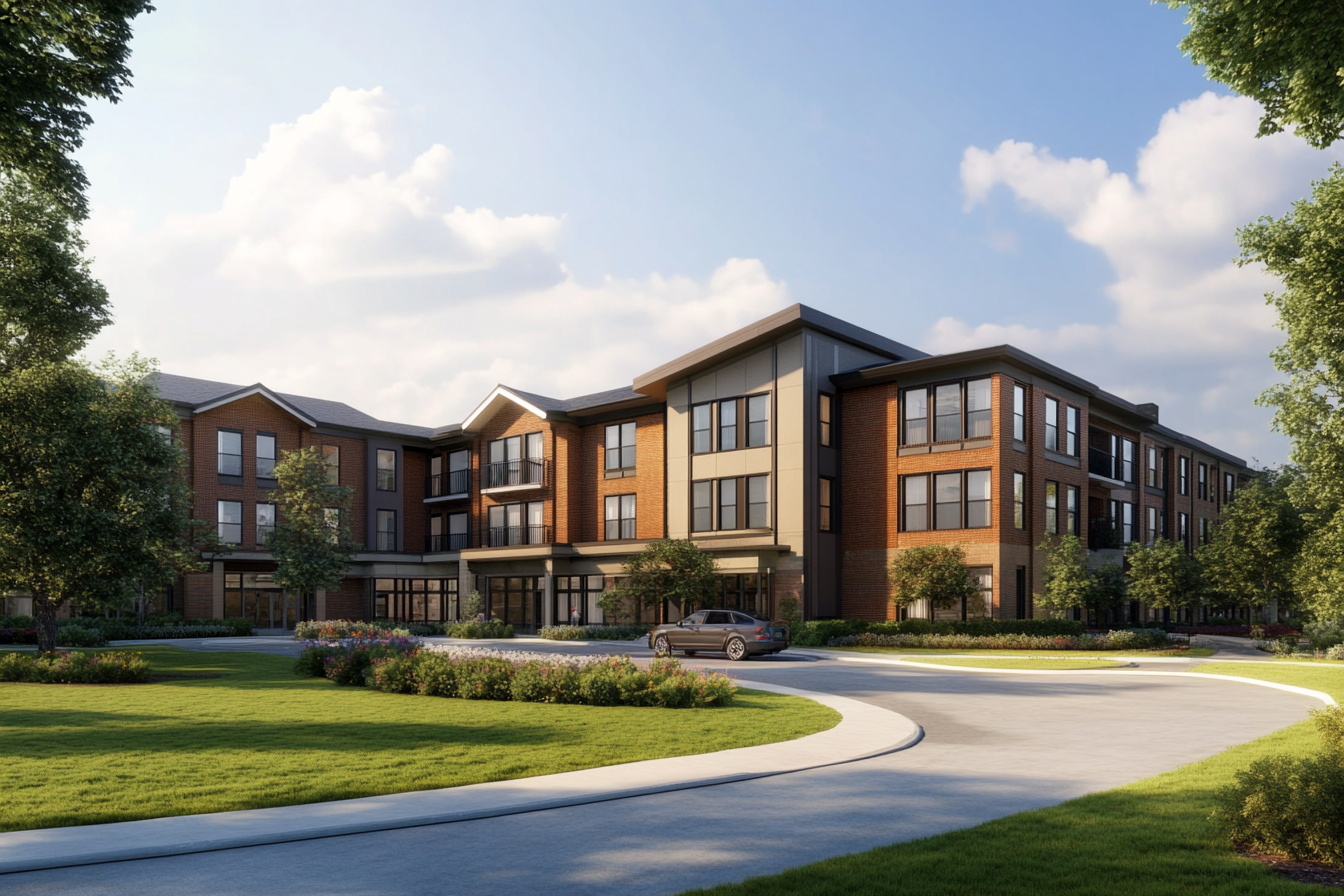The Emergence of Co-Living: A New Era in Communal Living
In the rapidly changing landscape of urban life, a new trend is gaining traction: co-living. This emerging lifestyle choice redefines traditional concepts of home, community, and personal space. Are we witnessing a revolution in living arrangements? Read below to delve deeper into this fascinating social trend.

Co-Living: A Backdrop
Co-living, at its core, is a form of intentional community where people live together by choice, sharing resources, space, and, often, values and goals. While it may seem a novel concept, it echoes historical living arrangements like communes and boarding houses. However, today’s co-living spaces are far from their historical counterparts, integrating modern amenities, technology, and progressive values.
The Appeal of Co-Living
In today’s urban spaces, loneliness and housing affordability are significant concerns. Co-living addresses these issues, offering affordable, flexible, and community-oriented living. It’s particularly popular among young professionals, digital nomads, and individuals seeking a sense of community in an increasingly isolated world.
Co-Living and The Modern Society
Co-living is more than just a housing trend; it’s a reflection of the shifting values and priorities in modern society. It indicates a move towards collaboration, sustainability, and social connectivity. As individualism gives way to community-focused living, co-living represents a significant cultural shift.
The Social Implications of Co-Living
Co-living has profound social implications. It challenges traditional notions of privacy and personal space while promoting communal values. Moreover, it fosters diversity, bringing together people of different backgrounds, cultures, and perspectives, thus promoting tolerance and understanding.
The Future of Co-Living
As urbanization intensifies and societal values evolve, co-living will likely continue to grow in popularity. It introduces a sustainable, community-oriented approach to urban living. However, as this trend evolves, it will be crucial to address potential challenges such as privacy concerns, regulatory issues, and ensuring inclusivity.
In conclusion, co-living is more than just a practical response to urban living challenges; it’s a testament to the evolving societal values and the human need for connection. As we navigate the complexities of modern life, it provides a glimpse into the future of communal living.





